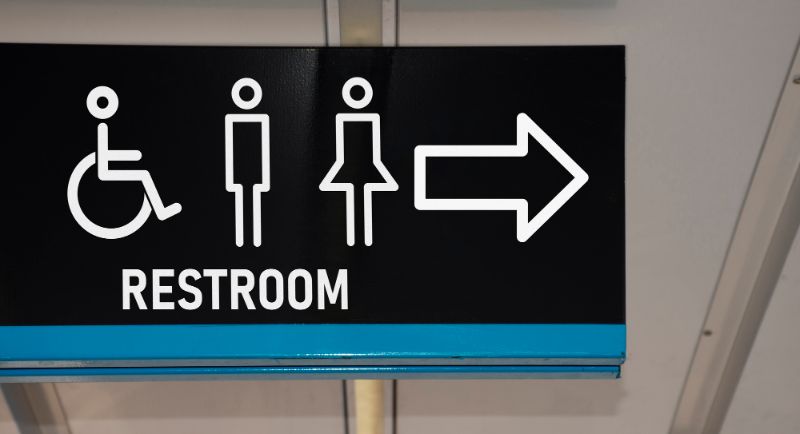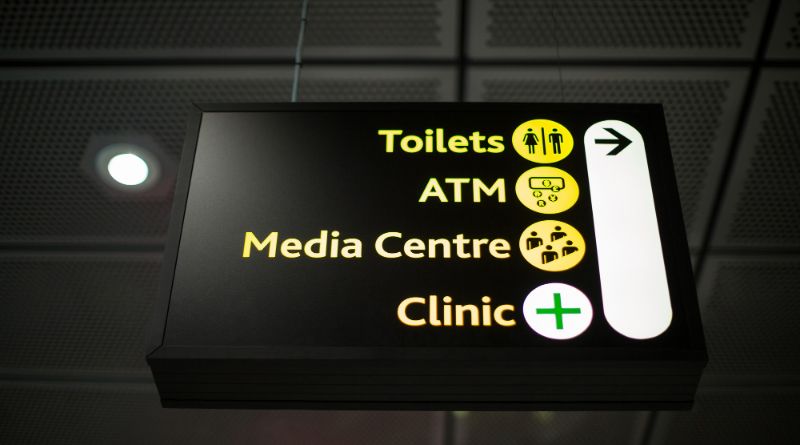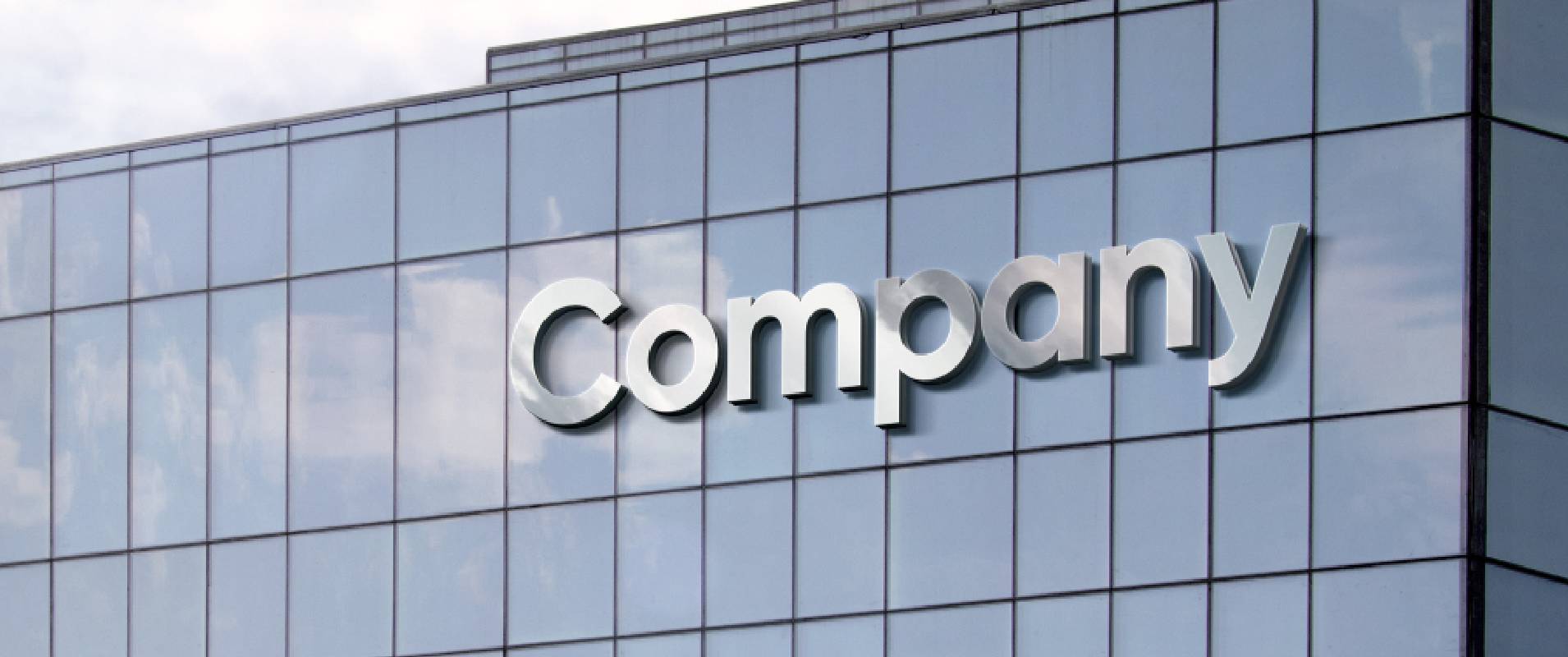Internal sign boards are a great way to communicate important information to employees in a clear and concise way. They can be used to share company news, announce upcoming events, or provide reminders about policies and procedures.
Sign boards can also be used to promote employee engagement and collaboration. By creating a space where employees can share ideas and feedback, sign boards can help to build a more positive and productive work environment.
Benefits of Using Internal Sign Boards
When creating internal sign boards, there are a few things you should keep in mind:
- Keep the information concise and easy to read. People should be able to scan the sign board quickly and easily understand the information. The text should be large enough to be read from a distance, and the font should be easy to read. The information should be organized in a logical way, and the sign board should be free of clutter.
- Use clear and concise language. Avoid jargon and technical terms that employees may not understand. Use simple, everyday language that everyone can understand.
- Use visuals to break up the text and make the sign board more visually appealing. Images, charts, and graphs can help to make the information more memorable and engaging. They can also help to break up the text and make the sign board more visually appealing.
- Place the sign board in a highly visible location. Employees should be able to see the sign board easily from their desks or workstations. The sign board should be placed in a location where it will get a lot of traffic.
- Update the sign board regularly. The information on the sign board should be kept up-to-date so that employees always have access to the latest information. This will ensure that the information is accurate and relevant.

Types of Internal Sign Boards
Internal sign boards come in various forms, depending on their purpose and the overall design aesthetic of the office. Let’s explore some of the most common types of internal sign boards:
1. Directional Signs: These signs are used to guide people to different departments or areas within the office. They typically include arrows and clear text indicating the direction to follow. Directional signs are especially useful in large office spaces with multiple floors or complex layouts.
2. Informational Signs: Informational signs provide important details about specific areas or facilities within the office. For example, they can indicate the location of restrooms, break rooms, or meeting rooms. These signs are usually placed near the entrance to the respective area, making it easy for people to find what they need.
3. Safety Signs: Safety signs play a crucial role in promoting a safe working environment. They include signs indicating emergency exits, fire extinguisher locations, first aid kits, and other safety-related information. These signs should be highly visible and placed strategically throughout the office to ensure that everyone is aware of the necessary precautions.
4. Branding Signs: In addition to providing functional information, internal sign boards can also be used to reinforce the company’s brand identity. Branding signs often feature the company logo, colors, and other visual elements that reflect the organization’s overall brand image. These signs not only serve a practical purpose but also contribute to a cohesive and professional office environment.
By understanding the different types of internal sign boards available, you can choose the most appropriate options to meet your office’s specific needs. The combination of directional signs, informational signs, safety signs, and branding signs can create a comprehensive signage system that effectively guides people and enhances the overall office experience.
How to Create Effective Internal Sign Boards
When creating internal sign boards, there are a few things you should keep in mind:
- Keep the information concise and easy to read. People should be able to scan the sign board quickly and easily understand the information. The text should be large enough to be read from a distance, and the font should be easy to read. The information should be organized in a logical way, and the sign board should be free of clutter.
- Use clear and concise language. Avoid jargon and technical terms that employees may not understand. Use simple, everyday language that everyone can understand.
- Use visuals to break up the text and make the sign board more visually appealing. Images, charts, and graphs can help to make the information more memorable and engaging. They can also help to break up the text and make the sign board more visually appealing.
- Place the sign board in a highly visible location. Employees should be able to see the sign board easily from their desks or workstations. The sign board should be placed in a location where it will get a lot of traffic.
- Update the sign board regularly. The information on the sign board should be kept up-to-date so that employees always have access to the latest information. This will ensure that the information is accurate and relevant.

Placement and Positioning of Internal Sign Boards
The placement and positioning of internal sign boards are crucial for their effectiveness. Here are some key considerations to keep in mind:
1. Visibility: Ensure that your sign boards are placed in highly visible areas where people are likely to see them. Consider the flow of foot traffic and strategically position signs at eye level or slightly above eye level. Avoid placing signs too high or too low, as this may make them difficult to notice.
2. Entrances and Exits: Place directional signs near entrances and exits to guide people as they enter or leave the office. This helps create a smooth flow of traffic and prevents confusion.
3. Intersections and Junctions: Install directional signs at intersections and junctions within the office. This helps people navigate through complex layouts and find their way to different departments or areas.
4. Restrooms and Facilities: Position informational signs near restrooms, break rooms, and other facilities to help people easily locate them. Consider placing the signs near the entrance or in a visible spot within the respective area.
5. Safety Signage: Ensure that safety signs are strategically placed throughout the office to provide clear guidance in case of emergencies. Emergency exit signs should be visible from any point in the office, and fire extinguisher locations should be easily identifiable.
By carefully considering the placement and positioning of your internal sign boards, you can ensure that they effectively guide people through the office space and provide the necessary information in a convenient and visible manner.
Internal sign boards are a great way to communicate important information to employees in a clear and concise way. They can be used to share company news, announce upcoming events, or provide reminders about policies and procedures.
Sign boards can also be used to promote employee engagement and collaboration. By creating a space where employees can share ideas and feedback, sign boards can help to build a more positive and productive work environment.
Benefits of Using Internal Sign Boards
When creating internal sign boards, there are a few things you should keep in mind:
- Keep the information concise and easy to read. People should be able to scan the sign board quickly and easily understand the information. The text should be large enough to be read from a distance, and the font should be easy to read. The information should be organized in a logical way, and the sign board should be free of clutter.
- Use clear and concise language. Avoid jargon and technical terms that employees may not understand. Use simple, everyday language that everyone can understand.
- Use visuals to break up the text and make the sign board more visually appealing. Images, charts, and graphs can help to make the information more memorable and engaging. They can also help to break up the text and make the sign board more visually appealing.
- Place the sign board in a highly visible location. Employees should be able to see the sign board easily from their desks or workstations. The sign board should be placed in a location where it will get a lot of traffic.
- Update the sign board regularly. The information on the sign board should be kept up-to-date so that employees always have access to the latest information. This will ensure that the information is accurate and relevant.

Types of Internal Sign Boards
Internal sign boards come in various forms, depending on their purpose and the overall design aesthetic of the office. Let’s explore some of the most common types of internal sign boards:
1. Directional Signs: These signs are used to guide people to different departments or areas within the office. They typically include arrows and clear text indicating the direction to follow. Directional signs are especially useful in large office spaces with multiple floors or complex layouts.
2. Informational Signs: Informational signs provide important details about specific areas or facilities within the office. For example, they can indicate the location of restrooms, break rooms, or meeting rooms. These signs are usually placed near the entrance to the respective area, making it easy for people to find what they need.
3. Safety Signs: Safety signs play a crucial role in promoting a safe working environment. They include signs indicating emergency exits, fire extinguisher locations, first aid kits, and other safety-related information. These signs should be highly visible and placed strategically throughout the office to ensure that everyone is aware of the necessary precautions.
4. Branding Signs: In addition to providing functional information, internal sign boards can also be used to reinforce the company’s brand identity. Branding signs often feature the company logo, colors, and other visual elements that reflect the organization’s overall brand image. These signs not only serve a practical purpose but also contribute to a cohesive and professional office environment.
By understanding the different types of internal sign boards available, you can choose the most appropriate options to meet your office’s specific needs. The combination of directional signs, informational signs, safety signs, and branding signs can create a comprehensive signage system that effectively guides people and enhances the overall office experience.
How to Create Effective Internal Sign Boards
When creating internal sign boards, there are a few things you should keep in mind:
- Keep the information concise and easy to read. People should be able to scan the sign board quickly and easily understand the information. The text should be large enough to be read from a distance, and the font should be easy to read. The information should be organized in a logical way, and the sign board should be free of clutter.
- Use clear and concise language. Avoid jargon and technical terms that employees may not understand. Use simple, everyday language that everyone can understand.
- Use visuals to break up the text and make the sign board more visually appealing. Images, charts, and graphs can help to make the information more memorable and engaging. They can also help to break up the text and make the sign board more visually appealing.
- Place the sign board in a highly visible location. Employees should be able to see the sign board easily from their desks or workstations. The sign board should be placed in a location where it will get a lot of traffic.
- Update the sign board regularly. The information on the sign board should be kept up-to-date so that employees always have access to the latest information. This will ensure that the information is accurate and relevant.
Placement and Positioning of Internal Sign Boards
The placement and positioning of internal sign boards are crucial for their effectiveness. Here are some key considerations to keep in mind:
1. Visibility: Ensure that your sign boards are placed in highly visible areas where people are likely to see them. Consider the flow of foot traffic and strategically position signs at eye level or slightly above eye level. Avoid placing signs too high or too low, as this may make them difficult to notice.
2. Entrances and Exits: Place directional signs near entrances and exits to guide people as they enter or leave the office. This helps create a smooth flow of traffic and prevents confusion.
3. Intersections and Junctions: Install directional signs at intersections and junctions within the office. This helps people navigate through complex layouts and find their way to different departments or areas.
4. Restrooms and Facilities: Position informational signs near restrooms, break rooms, and other facilities to help people easily locate them. Consider placing the signs near the entrance or in a visible spot within the respective area.
5. Safety Signage: Ensure that safety signs are strategically placed throughout the office to provide clear guidance in case of emergencies. Emergency exit signs should be visible from any point in the office, and fire extinguisher locations should be easily identifiable.
By carefully considering the placement and positioning of your internal sign boards, you can ensure that they effectively guide people through the office space and provide the necessary information in a convenient and visible manner.
Internal sign boards are a valuable communication tool that can be used to improve communication, safety, productivity, morale, employee engagement, customer service, and reduce costs in your organization. By following the tips above, you can create effective internal sign boards that will benefit your employees and your organization.
Here are some final thoughts on internal sign boards: be intentional with your messaging, keep your sign boards up-to-date, make your sign boards visually appealing, and place your sign boards in high-traffic areas.
Are you looking for a way to improve communication, safety, productivity, morale, employee engagement, customer service, and reduce costs in your organization? If so, internal sign boards are a great option. We can help you create effective internal sign boards that will benefit your employees and your organization. Contact us today at [email protected] to learn more about our services.
Categories
- Blog (51)
- Uncategorized (1)




